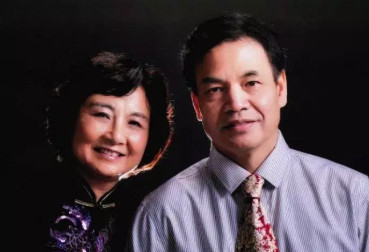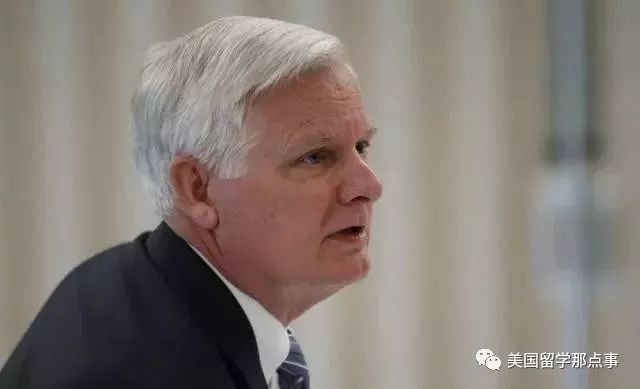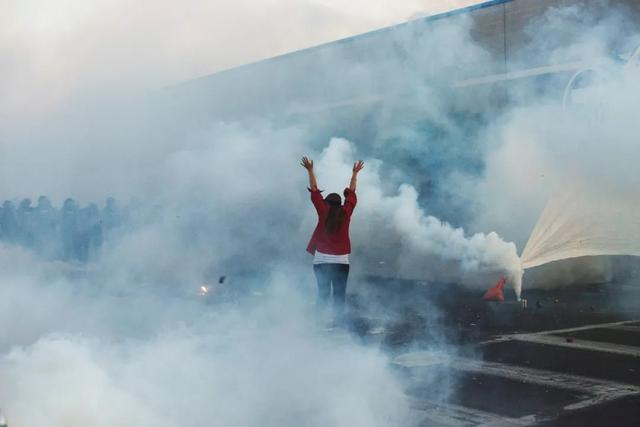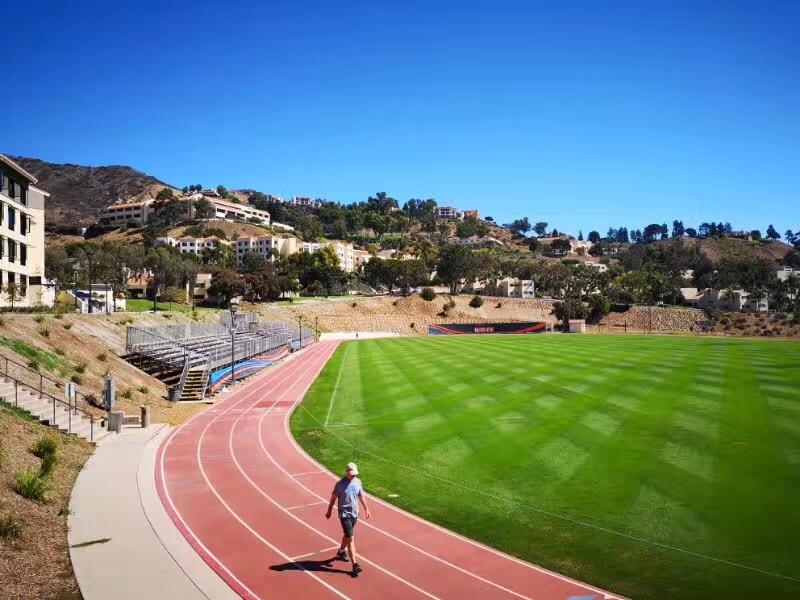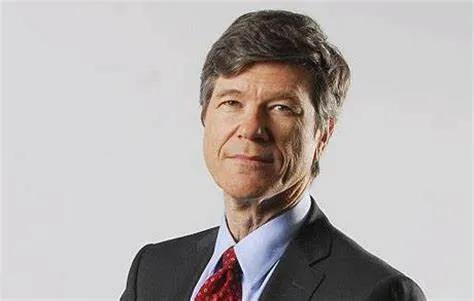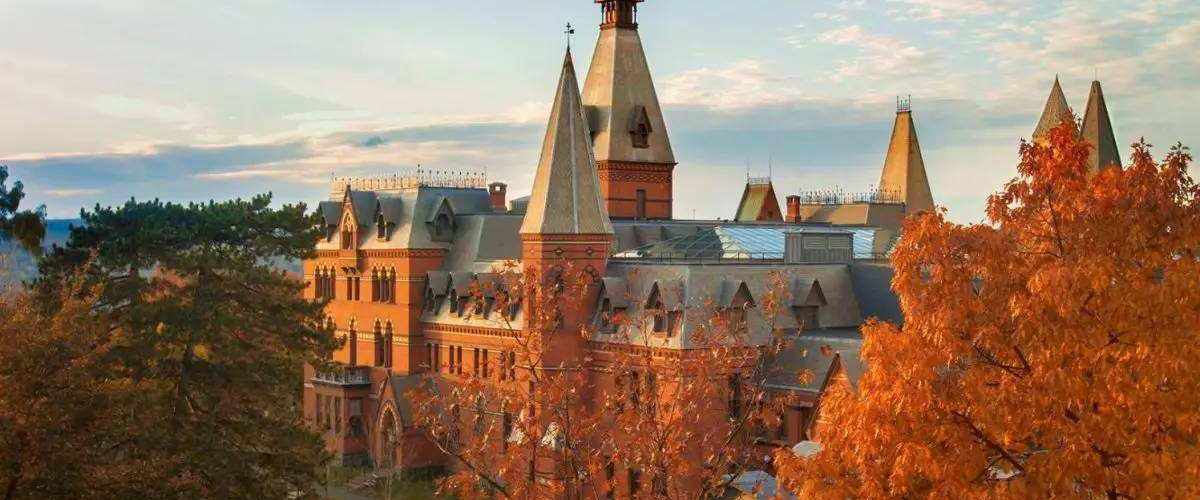He won a war and two elections, and made everybody like Ike.
他赢了一场战争和两次选举,人人都喜欢他。
Dwight David "Ike" Eisenhower (October 14, 1890 – March 28, 1969) was a five-star general in the United States Army and the 34th President of the United States, from 1953 until 1961. During World War II, he served as Supreme Commander of the Allied forces in Europe, with responsibility for planning and supervising the successful invasion of France and Germany in 1944–45, from the Western Front. In 1951, he became the first supreme commander of NATO.
A Republican, Eisenhower entered the 1952 presidential race to counter the isolationism of Sen. Robert A. Taft, and to crusade against "Communism, Korea and corruption" (that is, the policies of President Harry Truman in those areas). He won by a landslide, ending two decades of New Deal control of the White House. As President, Eisenhower threatened to use nuclear weapons, forcing China to agree to a cease-fire of the Korean War. He maintained pressure on the Soviet Union during the Cold War, gave priority to inexpensive nuclear weapons and reduced the other forces to save money. He had to play catch-up in the Space Race race after the Soviets launched the Sputnik satellite in 1957. On the domestic front, he helped remove Joseph McCarthy from power but otherwise left most political chores to his Vice President, Richard Nixon. Eisenhower refused to roll-back the New Deal, but instead enlarged the Social Security program and launched the Interstate Highway System. He was the first term-limited president in accordance with the 22nd Amendment. His two terms were peaceful, and generally prosperous except for a sharp economic recession in 1958–59. Historians typically rank Eisenhower among the top ten U.S. presidents.
Athletic career
Eisenhower later said that "not making the baseball team at West Point was one of the greatest disappointments of my life, maybe my greatest." However he did make the high visibility football team, and was a varsity starter as running back and linebacker in 1912. In a bit of a fabled match-up, he even tackled the legendary Jim Thorpe in a 1912 game. But Ike injured his knee; it became permanently damaged on horseback and in the boxing ring. He would later serve as junior varsity football coach and yell leader.
In 1916, while stationed at Fort Sam Houston, Eisenhower was football coach for St. Louis College, now St. Mary"s University.
Eisenhower played golf very enthusiastically later in life, and joined the Augusta National Golf Club in 1948. He played golf frequently during his two terms as president, and after his retirement as well, never shying away from the media interest about his passion for golf. He had a small, basic golf facility installed at Camp David, and became close friends with Augusta National Chairman Clifford Roberts, inviting Roberts to stay at the White House on several occasions; Roberts, an investment broker, also handled the Eisenhower family"s investments. Roberts also advised Eisenhower on tax aspects of publishing his memoirs, which proved to be financially lucrative.
World War II
After the Japanese attack on Pearl Harbor, Eisenhower was assigned to the General Staff in Washington, where he served until June 1942 with responsibility for creating the major war plans to defeat Japan and Germany. He was appointed Deputy Chief in charge of Pacific Defenses under the Chief of War Plans Division, General Leonard T. Gerow, and then succeeded Gerow as Chief of the War Plans Division. Then he was appointed Assistant Chief of Staff in charge of Operations Division under Chief of Staff General George C. Marshall, who spotted talent and promoted accordingly.
In 1942, Eisenhower was appointed Commanding General, European Theater of Operations (ETOUSA) and was based in London. In November, he was also appointed Supreme Commander Allied (Expeditionary) Force of the North African Theater of Operations (NATOUSA) through the new operational Headquarters A(E)FHQ. The word "expeditionary" was dropped soon after his appointment for security reasons. In February 1943, his authority was extended as commander of AFHQ across the Mediterranean basin to include the British 8th Army, commanded by General Bernard Law Montgomery. The 8th Army had advanced across the Western Desert from the east and was ready for the start of the Tunisia Campaign. Eisenhower gained his fourth star and gave up command of ETOUSA to be commander of NATOUSA. After the capitulation of Axis forces in North Africa, Eisenhower oversaw the invasion of Sicily and the invasion of the Italian mainland.
In December 1943, Roosevelt decided that Eisenhower—not Marshall—would be Supreme Allied Commander in Europe. In January 1944, he resumed command of ETOUSA and the following month was officially designated as the Supreme Allied Commander of the Allied Expeditionary Force (SHAEF), serving in a dual role until the end of hostilities in Europe in May 1945. In these positions he was charged with planning and carrying out the Allied assault on the coast of Normandy in June 1944 under the code name Operation Overlord, the liberation of western Europe and the invasion of Germany. A month after the Normandy D-Day landings on June 6, 1944, the invasion of southern France took place, and control of the forces which took part in the southern invasion passed from the AFHQ to the SHAEF. From then until the end of the War in Europe on May 8, 1945, Eisenhower through SHAEF had supreme command of all operational Allied forces2, and through his command of ETOUSA, administrative command of all U.S. forces, on the Western Front north of the Alps.
As recognition of his senior position in the Allied command, on December 20, 1944, he was promoted to General of the Army, equivalent to the rank of Field Marshal in most European armies. In this and the previous high commands he held, Eisenhower showed his great talents for leadership and diplomacy. Although he had never seen action himself, he won the respect of front-line commanders. He dealt skillfully with difficult subordinates such as Patton, and allies such as Winston Churchill, Field Marshal Bernard Montgomery and General Charles de Gaulle. He had fundamental disagreements with Churchill and Montgomery over questions of strategy, but these rarely upset his relationships with them. He negotiated with Soviet Marshal Zhukov,[28] and such was the confidence that President Franklin D. Roosevelt had in him, he sometimes worked directly with Stalin, much to the chagrin of the British High Command who disliked being bypassed.
It was never certain that Operation Overlord would succeed. The seriousness surrounding the entire decision, including the timing and the location of the Normandy invasion, might be summarized by a second shorter speech that Eisenhower wrote in advance, in case he needed it. Long after the successful landings on D-Day and the BBC broadcast of Eisenhower"s brief speech concerning them, the never-used second speech was found in a shirt pocket by an aide. It read:
Our landings in the Cherbourg-Havre area have failed to gain a satisfactory foothold and I have withdrawn the troops. My decision to attack at this time and place was based on the best information available. The troops, the air and the Navy did all that bravery and devotion to duty could do. If any blame or fault attaches to the attempt, it is mine alone.
Presidency 1953–1961
Throughout his presidency, Eisenhower preached a doctrine of dynamic conservatism. He continued all the major New Deal programs still in operation, especially Social Security. He expanded its programs and rolled them into a new cabinet-level agency, the Department of Health, Education and Welfare, while extending benefits to an additional ten million workers. His cabinet, consisting of several corporate executives and one labor leader, was dubbed by one journalist, "Eight millionaires and a plumber."
Eisenhower won his second term in 1956 with 457 of 531 votes in the Electoral College, and 57.6% of the popular vote.
Post-presidency
Eisenhower retired to the place where he and Mamie had spent much of their post-war time, a working farm adjacent to the battlefield at Gettysburg, Pennsylvania. In 1967, the Eisenhowers donated the farm to the National Park Service and since 1980 it has been open to the public as the Eisenhower National Historic Site. In retirement, he did not completely retreat from political life; he spoke at the 1964 Republican National Convention and appeared with Barry Goldwater in a Republican campaign commercial from Gettysburg.
